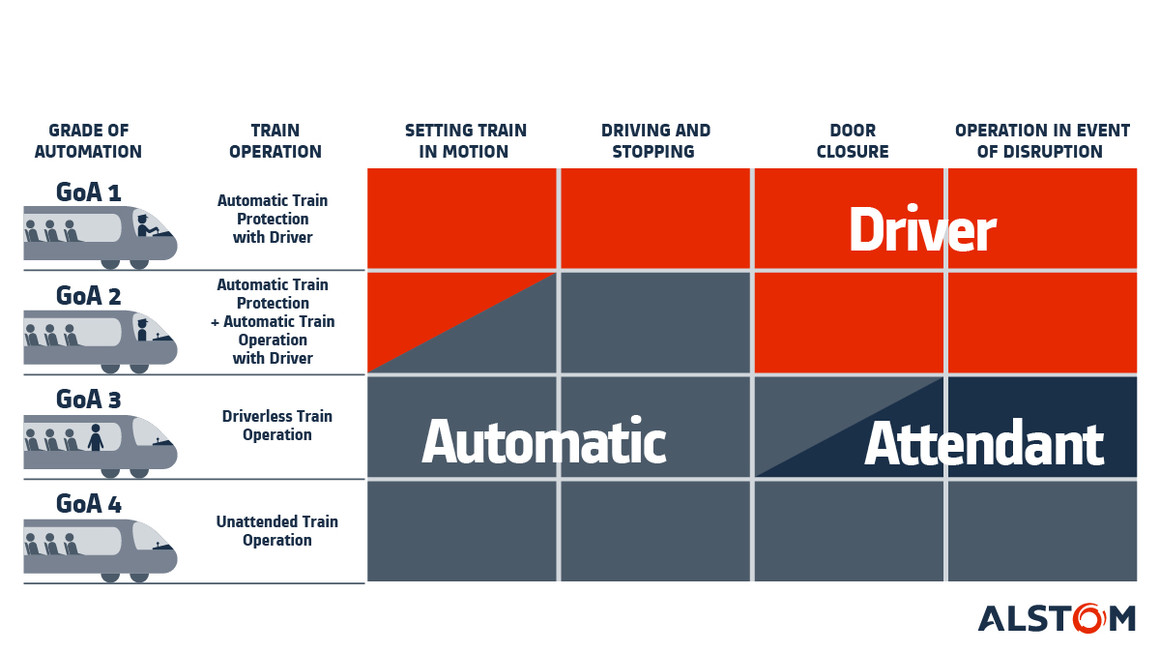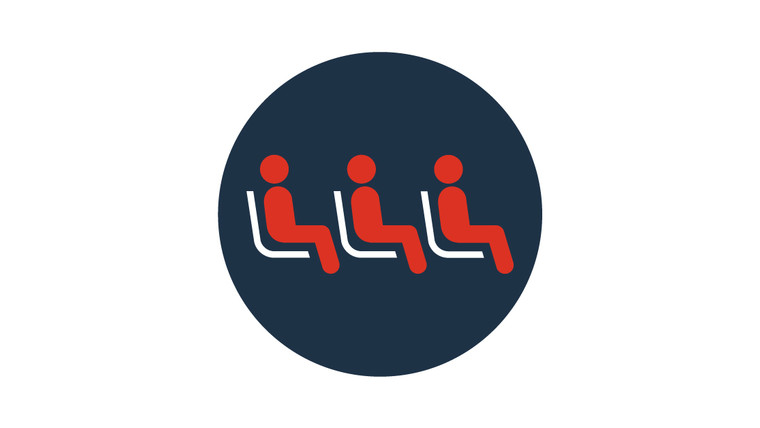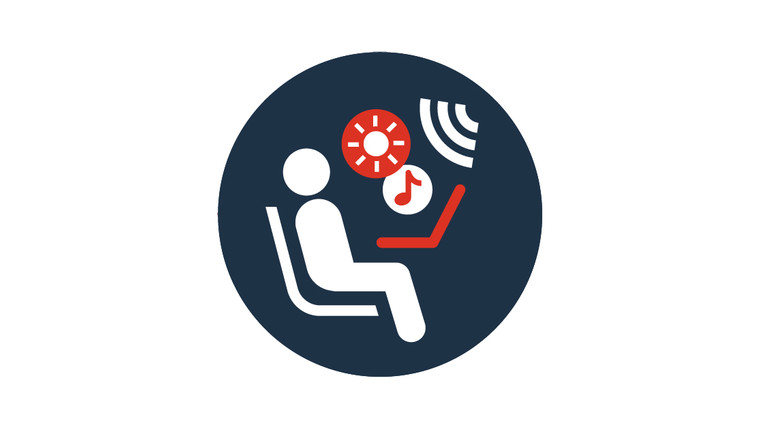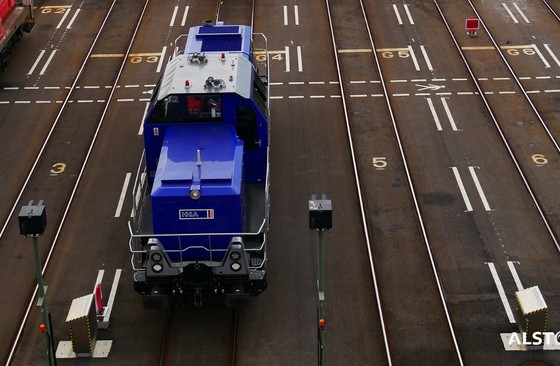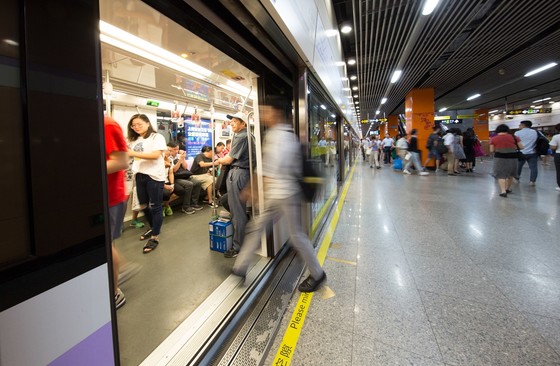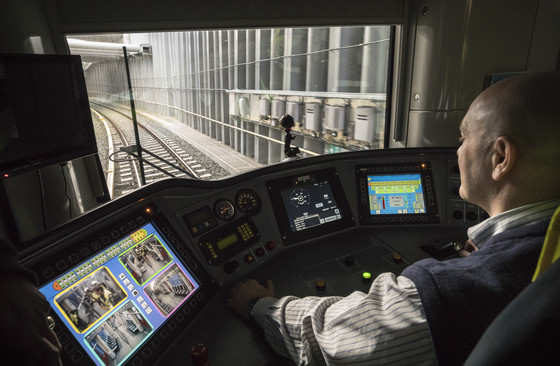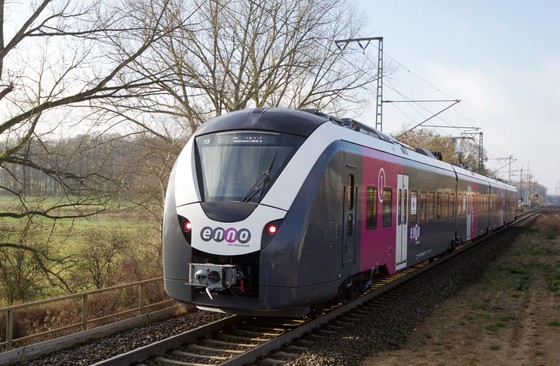Autonomous mobility: The future of rail is automated
The rail industry needs innovative solutions that address the challenges of growing urbanisation, climate change and other factors putting pressure on public transport.
That is why we are championing the push towards automated train operation from metro to heavy rail solutions. Equipped with digital tools, cutting edge sensors, powerful software, and deep experience in driverless transport, Alstom is at the forefront of the development of autonomous systems and has its eye set on making the highest automation level, GoA4, on regional train lines a reality.

What is Autonomous Mobility?
Autonomous Mobility or Automatic Train Operation is an operational and safety enhancement in rail. It takes the guesswork, human error, and variables out of railways, making them more efficient, accurate, and reliable than ever. Combined with systems like Automatic Train Control, Automatic Train Protection and Automatic Train Supervision, these systems enable operators to do more with less, orchestrating their fleets and turning them into a finely-tuned network that performs better with less waste and risk. Alstom brings the industry’s broadest portfolio and deepest experience: Over 50 systems worldwide and driverless operation experience that stretches back to the 1970s.

-
45%up to 45% less energy consumption
-
30%more passenger capacity (depending on the line)
-
3minutes faster per journey
Automated trains or Autonomous trains - what's the difference?
Why automate trains?
Automating trains bring substantial benefits to operators, passengers, and the environment.
Automating regional passenger and freight lines
One challenge is the fact that, across the world, regulations have not kept up with technology. That’s why Alstom is also leading Shift2Rail’s European working group that is tasked with specifying and modelling the required intelligent railway technical solutions, that will serve as the basis for the future Automatic Train Operation standard for mainline rail across Europe.
Alstom is already testing different levels of automation on different types of mainlines around the world to safely develop the standards of best safety practices. The goal is to have fully automated freight and regional passenger prototypes ready by 2023 and begin scale-up in 2025.
Grades of Automation
Train automation is based on five grades of automation, from GoA0 to GoA4. Each step along this ladder increases operators’ control over their fleets while improving the fleet’s efficiency and performance.
